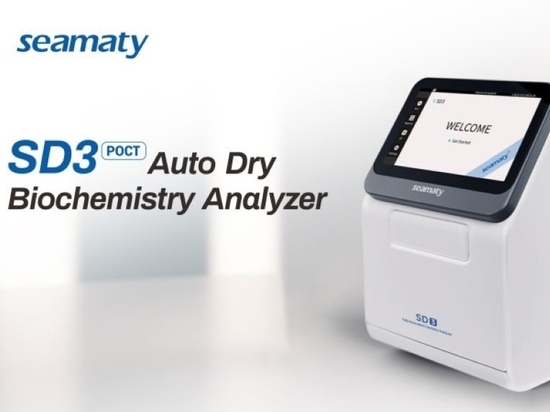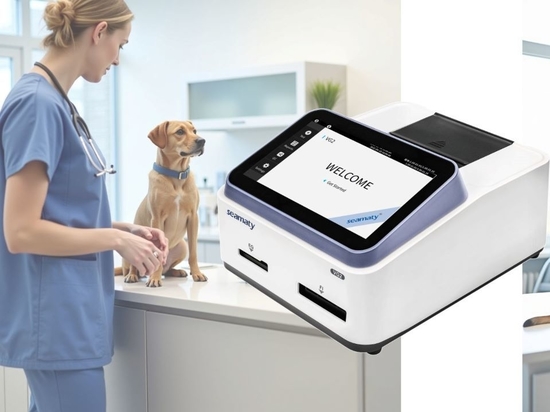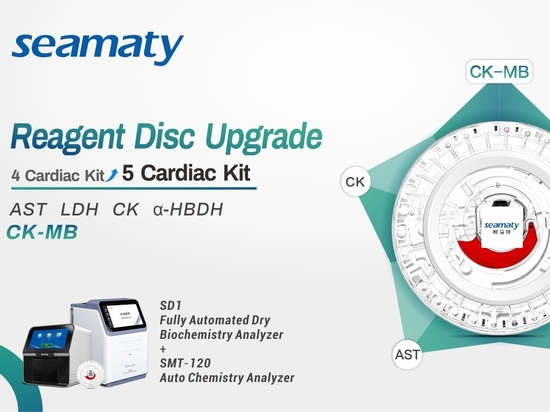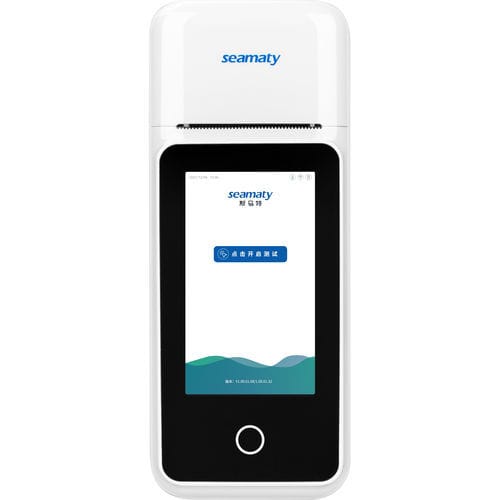
#Product Trends
How a hospital find a suitable electrolyte analyzer?
Seamaty SG1
In the world of modern medicine, precision and efficiency are paramount. From routine check-ups to critical care situations, accurate diagnostics are essential for effective patient treatment. Among the many tools used by hospitals, the electrolyte analyzer stands as a crucial instrument for monitoring patients' electrolyte levels, enabling timely interventions and personalized care. However, choosing the right electrolyte analyzer involves considering various factors to ensure optimal patient management and save money for hospitals.
1. The Role of an Electrolyte Analyzer
An electrolyte analyzer is a medical device designed to measure the concentration of various electrolytes in a patient's blood or other bodily fluids. Electrolytes, such as sodium, potassium, calcium, and chloride, play vital roles in maintaining proper bodily functions. These electrolyte levels need to be carefully monitored, especially in critical care settings, as imbalances can lead to serious complications.
2. Types of Electrolyte Analyzers
There are several types of electrolyte analyzers available, each with its own set of features and benefits. The most common types include:
-Ion-Selective Electrodes (ISEs): These analyzers utilize specific electrodes for each electrolyte. They provide accurate and quick results, making them ideal for high----throughput environments.
-Blood Gas Analyzers: In addition to measuring electrolytes, these analyzers also assess blood gases like oxygen and carbon dioxide levels, providing a comprehensive view of a patient's metabolic state.
-Automated Chemistry Analyzers: These versatile systems can measure a wide range of biochemical parameters, including electrolytes, making them suitable for hospitals with diverse testing needs.
-Point-of-Care (POC) Analyzers: These portable devices offer rapid results at the patient's bedside, reducing turnaround times and enabling immediate medical interventions.
3. Benefits of an Electrolyte Analyzer
The advantages of incorporating an electrolyte analyzer into a hospital's diagnostic arsenal are significant:
-Timely Interventions:
Electrolyte imbalances can lead to critical conditions, such as cardiac arrhythmias and neurological disturbances. Rapid results from an electrolyte analyzer allow medical professionals to respond swiftly, preventing potential complications.
-Personalized Treatment:
Different patients have different electrolyte requirements. An analyzer helps clinicians tailor treatment plans based on individual electrolyte levels, promoting personalized care.
-Efficiency:
Electrolyte analyzers automate the testing process, reducing the time and effort required for manual analysis. This efficiency is particularly crucial in emergency situations.
Streamlined Workflow: Hospitals deal with numerous tests daily. Electrolyte analyzers, especially those integrated with laboratory information systems (LIS), enhance workflow management, reducing the risk of errors and enhancing patient care.
4. The example of Electrolyte Analyzer-SE1 Electrolyte Analyzer
Taking a step into the future, let's consider Seamaty's latest product, the SE1 electrolyte analyzer. The Seamaty SE1 handheld electrolyte analyzer is specifically designed to enhance patient care across various healthcare settings. Its compact size and user-friendly interface make it ideal for use at the hospital bedside, physician's office lab, urgent care clinics, and even retail clinics. The portability and convenience of the device allow healthcare professionals to conduct electrolyte analysis wherever and whenever needed, eliminating the need for sample transportation and reducing turnaround times.
It has the following features:
-Handheld portability
Lightweight with built-in battery allowing diagnosis at the point of care, patient side, out in the field, or exam room.
-Fast results
Get accurate results in 4 minutes at the patient’s side to enable rapid decision-making, and optimize patient-care.
-Easy to use
Testing can be performed in 3 simple steps at the patient’s side with only 2 or 3 drops of whole blood. Touch screen with user-friendly interface helps the operator through the testing process easily.
-Multi-parameter card
Single-use test card offer a broad menu of tests on a single, portable platform. Each test card has a unique combination of biosensors to suit a wide range of clinical needs.





